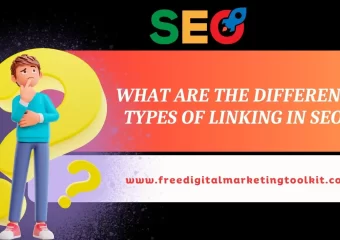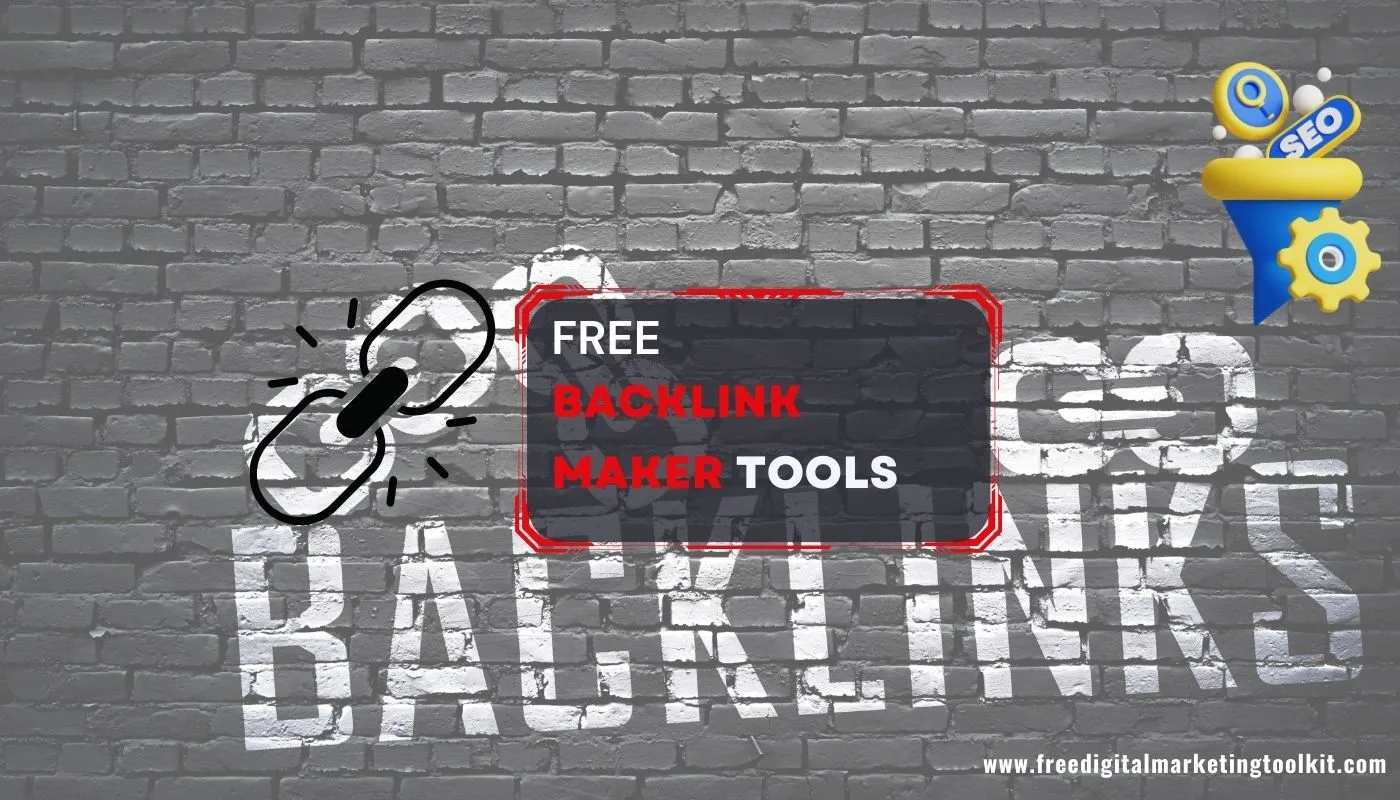
Types of Linking in SEO, In search engine optimization (SEO), there are several different types of linking strategies that we can use to improve a website’s visibility in search engine results. These include:
Internal Links:
These are links that point from one page on a website to another page on the same website. Internal linking is essential for improving website navigation and helping search engines understand the structure and hierarchy of your site. It can also help distribute link equity throughout your site.
External Links (Outbound Links):
These are links from your website to external websites. While external links do not directly benefit your site’s SEO, they can provide value to your visitors by referencing authoritative sources or providing additional information. Just be cautious about the quality and relevance of the external sites you link to.
Inbound Links (Backlinks):
Inbound links, often referred to as backlinks, are links from other websites to your site. Backlinks are a crucial part of SEO, as they can improve your site’s authority and visibility in search engine results. The quality and relevance of the linking websites are essential factors in determining the impact of backlinks on your SEO.
Nofollow Links:
Nofollow is an attribute that can be added to a link’s HTML code to inform search engines not to pass any SEO value through that link. This is often used for links to user-generated content, paid advertisements, or to avoid passing PageRank to certain pages. Nofollow links are a way to control the flow of link equity.
Dofollow Links:
These are standard links that pass SEO value from one page to another. Most links on the web are dofollow by default, and search engines consider them when evaluating a site’s authority and relevance.
Anchor Text Links:
The anchor text is the visible, clickable text in a hyperlink. Using relevant and descriptive anchor text can help search engines understand the context and topic of the linked page, which can improve SEO.
Natural Links:
These are links that are acquired organically, typically because other websites find your content valuable and link to it without any incentivization or manipulation. Natural links are highly regarded by search engines.
Reciprocal Links:
Reciprocal links occur when two websites agree to link to each other. While these links can be legitimate, excessive reciprocal linking solely for SEO purposes can be seen as a manipulative tactic and may not provide significant SEO benefits.
Sitewide Links:
These are links that appear on every page of a website, such as in the header or footer. Sitewide links can be useful for navigation but should be used sparingly, as excessive use of them can be seen as spammy by search engines.
Broken Links:
Broken links are links that no longer lead to a functioning page. They can negatively affect the user experience and SEO. Regularly checking for and fixing broken links on your website is important.
Deep Links:
Deep links are links that point to specific pages or content deep within a website’s structure, rather than just the homepage. These can help distribute link equity throughout your site and improve the visibility of various pages.
Image Links:
These are links associated with images. Alt text and image filenames should be optimized for SEO to provide context to search engines.
Redirects:
Redirects are used to forward users and search engines from one URL to another. They are important for preserving link equity when changing URLs or restructuring a website.
Final Word
It’s important to use linking strategies ethically and in accordance with search engine guidelines to avoid penalties. Building a diverse and high-quality backlink profile and ensuring your internal linking is well-structured can greatly impact your website’s SEO success.







